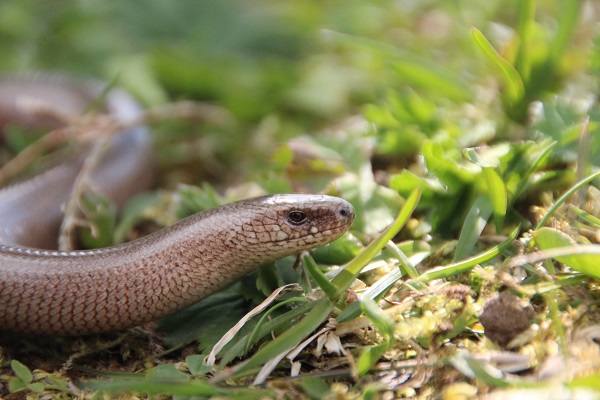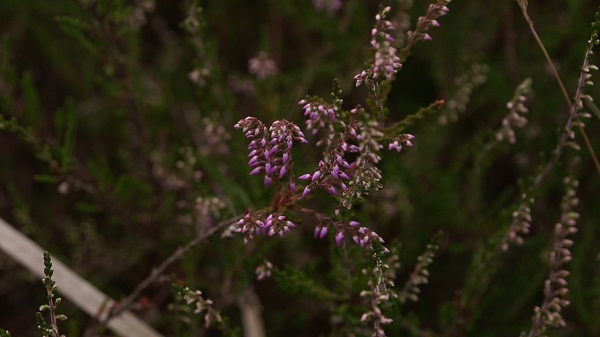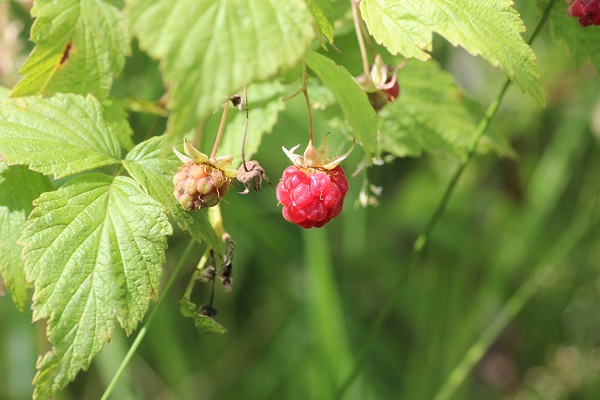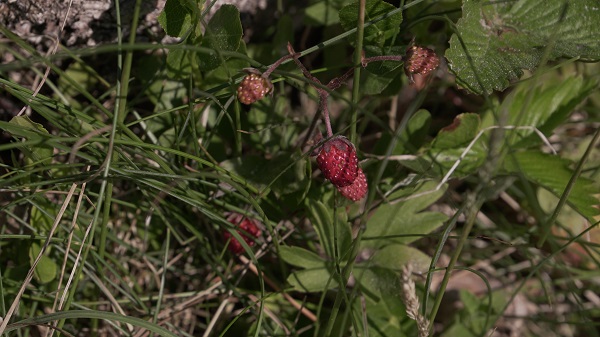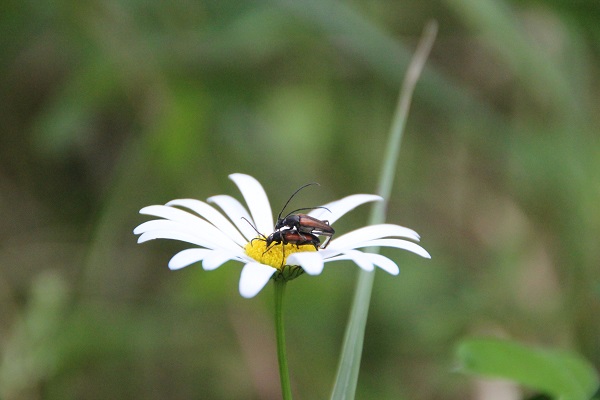July in Forest
July has long been known as the month of linden or linden blossom, when the air is full of a sweet smell. The statistics also shows that small-leaved lindens usually bloom in Latvia in the second week of July. True, the latest phenological observations say that lindens are lately blooming earlier – even in late June.
The first half of this summer stands out with obvious uniqueness, as the weather so far has been exactly the opposite as it was last summer. May, June and July, in Latvia and elsewhere in Europe, have proven this year to be warmer than the norm. Due to these conditions, a large part of meadow flowers bloomed well before their usual time.
In general, different flowering plants are less common in July than in June, but flower diversity is still significant this month. And this makes bee-keepers very happy. This year, thanks to the prevailing warm and sunny weather conditions, there is a considerable amount of pollen and honey. However, nothing has come to an end, and bees are still busy since marsh tea is already blooming here and there.
Some eager berry-pickers can be spotted in clearings picking raspberries. This year, there is a plenty of berries and they are little damaged by insects. Often, alongside with raspberries, there are also stone brambles, which also ripen in July. There are also bilberries, blueberries, blackberries, here and there some delayed wild strawberries.
In July, Latvian birch trees ripen and sow seeds. After discarding seeds, the period of yellowing of leaves begins, which is initially not very obvious. This summer, when many natural processes are hurried, a number of birch trees managed to drop off a couple of yellow leaves.
The yellow birch leaves form an excellent cover for chanterelles.
Mushrooms in July usually "come to life" if the weather is hot and rainy. Experienced mushroom-pickers know that even in this year's dry and sunny summer, some mushrooms, including chanterelles, can be spotted here and there in damper areas.
Just like in May and June, also in July insects are the most widely-spread class of animals. The "tropical conditions", which have accelerated biological processes for a couple of weeks, this year have a particularly positive effect on the life of many species of insects. In the middle of the summer, there are a plenty of insects everywhere, both active adult insects and their larvae. During the summer, new species are joining the list of insects to be spotted.
Birds can be seen in July either alone or in groups. Some birds are still taking care of the babies of their first hatch, however, for the majority of birds babies have already hatched, fed and taken to the wider world. Those bird species that nest two or more times a season, are now looking after their second, maybe even the third hatch.
Most of the forest animals have already given birth to their this year's babies. It also includes females of all species of bats, which have babies later as compared to other animals living in Latvia. In turn, roes are now busy making sure that they will also have descendants next year. They are having their mating period in July.
Also, reptiles of some species are busy with babies during the summer's hottest month. July is the time when they lay eggs. Sand lizards laid eggs already in June, and the time of hatching starts at the end of July. Babies of viviparous lizards are also born at this time; they do not hatch since these reptiles are viviparous animals. And let’s not forget about the legless lizard – the slow worm that is also having babies in July.

